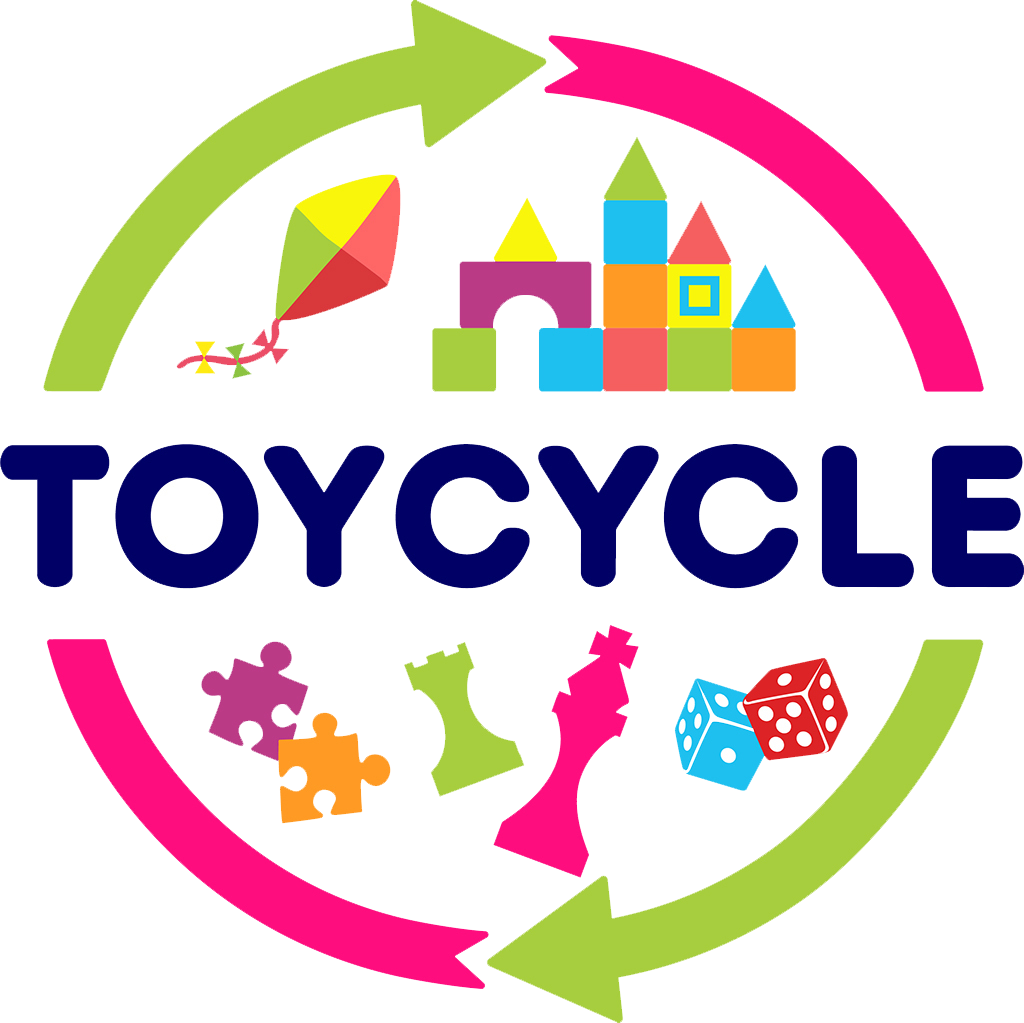My biggest reason for shopping at baby and kids' consignment stores and thrift stores was for the financial savings associated with secondhand purchasing. Like-new items can sell for at least 50-75% off of retail--and sometimes even more. In terms of a discount, shopping secondhand can often beat scouring the clearance racks at big box stores in order to score a deal. In addition, clothing quality can be higher than items new found at budget-friendly stores.
The garment industry is a quick-moving giant, created to satisfy the desire for cheap, fashionable clothing. Prices are kept low so that consumers can repeat purchases as the seasons and styles change. Quality is often sacrificed; think leggings that rip after a trip down the slide, or colors that fade after a few washings. And consumers aren’t the only ones coming up short. The garment industry often uses cheap sweatshop labor to fuel the fast fashion machine, exploiting workers in third world countries. Underpaid employees are faced with unfavorable working conditions, exposure to dangerous chemicals, and lack of access to medical care. Purchasing new clothing from companies that use sweatshop labor supports this unethical system.

Need another reason to break up with big retail? Clothing production is far from eco-friendly. The textile industry is one of the most water-intensive and wasteful industries worldwide. The manufacturing of a single pair of jeans takes over 2,800 gallons of water. Dye and printing processes pollute waterways with VOCs, heavy metals and resins. There’s no arguing the fact that fast fashion generates excess waste; to avoid overflowing closets, older items are tossed to make room for the new. It’s estimated 80% - 85% of unwanted clothing ends up landfills or the incinerator. Plastic pollution on land and at sea may take center stage, but textile pollution is another significant issue when it comes to our planet’s health.
In addition to all of the above, it’s important to note that dressing baby in secondhand togs may be better for their health. New clothing is sprayed with all sorts of chemicals, from fire-retardants to formaldehyde. Chemicals that keep fabrics mildew-free during shipping can still be present on clothing after initial washings--making it all the better to buy clothing that has been laundered multiple times by someone else. So next time you're in need of some threads for baby, think Toycycle's online baby consignment store.

